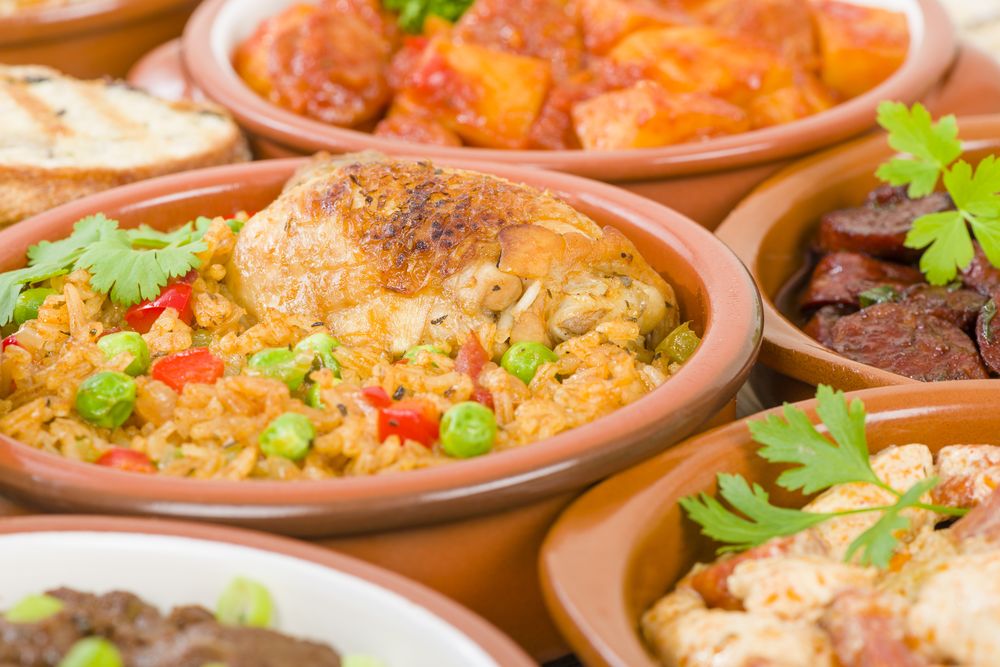If you want to learn more about yourself, sometimes it helps to spend a little time “being the Other.”
When I attended a large High School in Fresh Meadows, Queens, I had different groups of friends. One group, which I adored, was the Cuban girls in my honors classes. They had immigrated to the States as toddlers. Now they lived in the predominately Hispanic neighborhood of Jackson Heights and commuted – no, schlepped – across Queens to school by bus and train every day.
After being friends for about a year, my friend Terri D. invited me to visit their neighborhood and come to lunch at her family’s apartment. This day may have been the first time I became “the Other” for a few hours.
My very strict mother was not keen on me traveling to the other side of Queens. An area she viewed as a foreign country. But I was determined to go. And after taking several buses and trains, I met my friends under the elevated train in the heart of Jackson Heights. We walked to Terri’s apartment, where she introduced me to her mother, Senora D., a tiny but formidable presence. She spent her days working as a seamstress in the garment district and taking work home.
Senora D. looked me over and led me to my seat at the head of the large kitchen table. She took her place at the opposite end of the table where I could be in her direct line of sight. Next, she began to issue commands and questions in Spanish to her daughter as she passed huge platters of unfamiliar but delicious food in my direction. Terri began to translate: “Are you a good student?” “Yes” “Do you study hard?” “Yes” “Do you have a boyfriend?” “No” “Buena” (That answer earned me a very big smile.) “Are you going to college?” And on it went: chew, smile, answer another question.
The queries would stop momentarily when Senora D. would get up from her seat and ask her daughter if I wanted more food. Then without waiting for an answer, she would refill my plate. By the third time she refilled my plate, Terri gave up and stopped translating. She sat with my other friends and watched us like they were at a world-class tennis match. Their heads would turn to Terri’s mother and then back to me. And then they snapped back to Senora D. before looking at me.
At this point, it didn’t matter that I didn’t understand Spanish. Because despite our language barrier, I could intuit what Senora D. was trying to determine. “Are you going to be a good influence on my daughter?” “I’ve sacrificed and worked hard so my daughter can have a better life. Can you help her understand that I worry about her?”
As I sat there, I thought about how worried my mother was at the beginning of the day. All based on her preconceived notions about this family, and I said to myself: “Mom, you have so much more in common with this woman than you know. You’re worried about the same things.”
We speak different languages and eat different foods. But we have the same hopes, concerns, and dreams for our families.
So I learned a few lessons being “the Other” as I sat at that kitchen table in Queens:
- Learning about others happens naturally when you share a meal (hopefully homemade!)
- Answering questions can help you understand yourself and others
- Listening – to words and tone, voices can teach you volumes
- Building trust sometimes requires us to being uncomfortable
- Ask questions – never miss an opportunity to learn something new about others
- Repeat the process, one delicious forkful at a time
Sharing a story based on a personal experience can help us appreciate others and view them with a fresh eye. We can then use these insights to improve our communications and relationships at work and in our community. So seek out opportunities for learning and engaging with others.
Julienne B. Ryan is the author of The Learned-It-In-Queens Communications Playbook – Winning Against Digital Distraction” and an applied, narrative storyteller, speaker, trainer, and coach. She is on a mission to improve how we communicate with each other, one authentic conversation at a time. Click on this link to learn more about her services.

